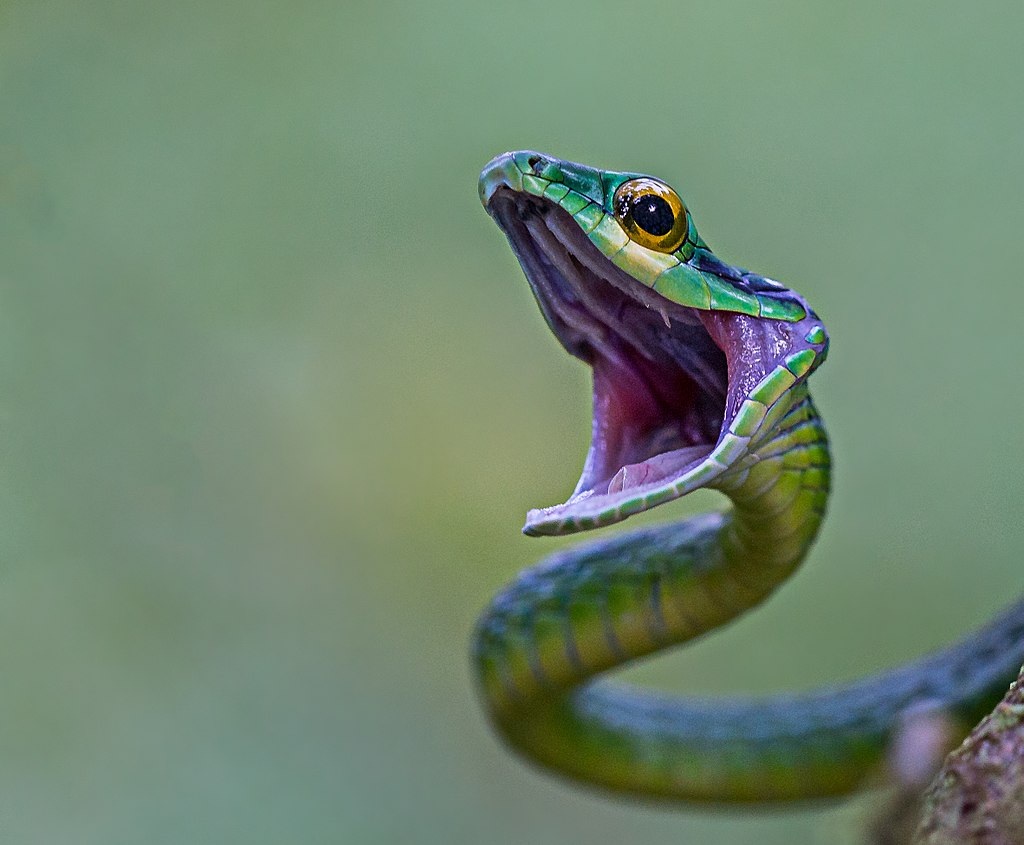When your serpentine companion turns its head away from food, it can trigger a cascade of worry for any reptile keeper. A snake’s refusal to eat isn’t just frustrating—it can become a serious health concern if prolonged. Unlike mammals that require daily nourishment, snakes can go weeks between meals, making it challenging to determine when a feeding strike becomes problematic. Whether you’re caring for a ball python known for its finicky eating habits or a normally voracious corn snake suddenly showing disinterest in prey, understanding the underlying causes and appropriate interventions can help you navigate this common but concerning situation.
Understanding Normal Snake Feeding Patterns
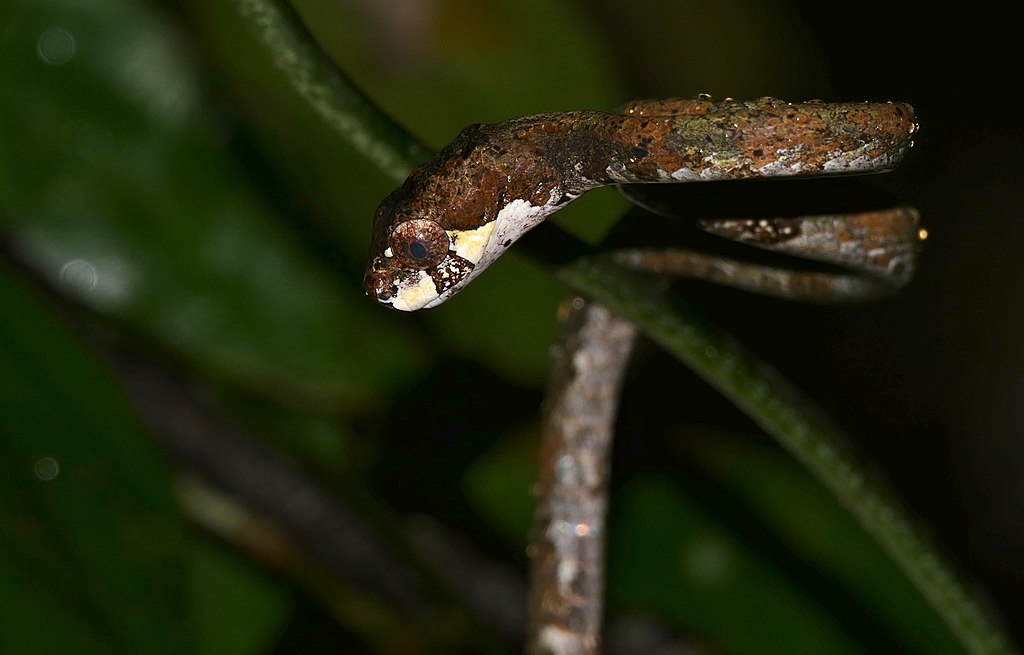
Different snake species have widely varying feeding requirements that owners must understand before determining if there’s truly a problem. Ball pythons might naturally fast for months, particularly during breeding season or winter months, while corn snakes typically eat more regularly year-round. Age also plays a significant role, with young, growing snakes needing more frequent meals than their adult counterparts. Healthy adult ball pythons might eat every 1-2 weeks, while adults of smaller species like garter snakes may feed weekly. Knowing what’s normal for your particular species, age, and individual snake establishes a crucial baseline against which to measure potential feeding problems.
Common Reasons Snakes Refuse Food
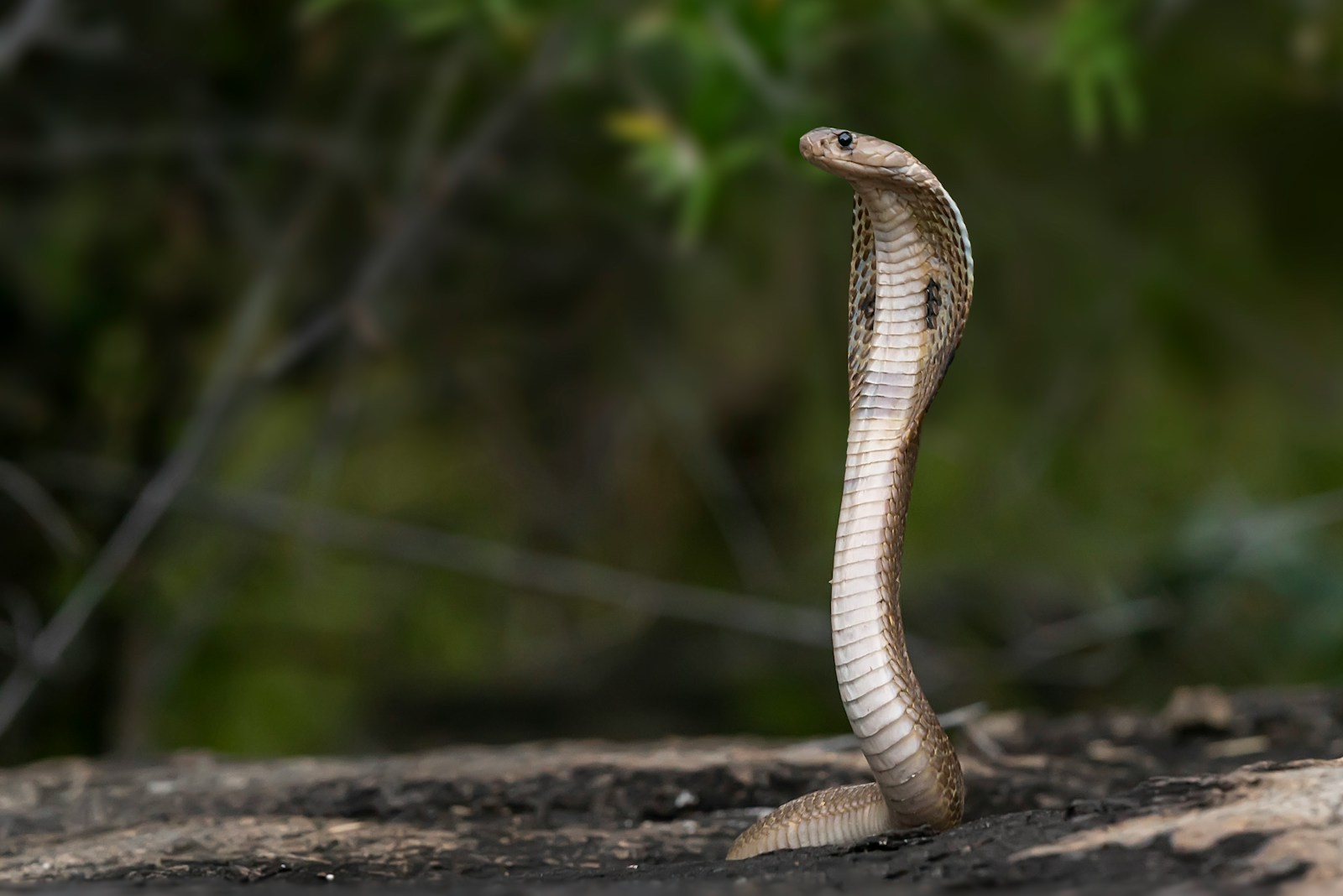
Snakes might reject meals for numerous reasons, ranging from environmental factors to health issues. Stress is a primary culprit, often triggered by recent habitat changes, excessive handling, or the presence of other pets near their enclosure. Improper temperature gradients within the enclosure can significantly impact a snake’s digestive system and appetite, as these ectothermic animals rely on external heat to regulate bodily functions. Shedding cycles, known as ecdysis, frequently cause temporary appetite suppression as the snake redirects energy toward skin renewal. Seasonal changes may trigger natural fasting periods, particularly in species that would brumate in the wild during colder months. Understanding these normal causes can help determine whether your snake’s feeding strike warrants concern or patience.
Recognizing When Not Eating Becomes a Problem

While occasional feeding refusals aren’t typically cause for alarm, extended fasting demands closer attention to your snake’s overall condition. Weight loss exceeding 10-15% of the snake’s total body mass indicates the fast has progressed beyond normal behavior into potentially dangerous territory. Physical symptoms like sunken eyes, prominent spine, loose skin folds, or muscular atrophy suggest the snake is metabolizing its own tissues for survival. Behavioral changes such as decreased activity, unusual posturing, or spending excessive time soaking in water dishes may signal that the feeding strike is affecting the animal’s wellbeing. For juvenile snakes, missing several consecutive feedings is more concerning than in adults, as their smaller body reserves provide less buffer against starvation.
Optimizing Environmental Conditions

Creating an ideal environment often resolves feeding issues by addressing underlying stressors or physiological barriers. Temperature gradients must be carefully maintained, with most species requiring a warm side around 85-90°F (29-32°C) and a cooler side around 75-80°F (24-27°C), allowing the snake to thermoregulate effectively. Humidity levels should match the snake’s natural habitat requirements, typically 50-70% for most common pet species, with temporary increases during shedding periods. The enclosure should offer multiple hiding spots that provide security, as snakes feeling exposed rarely feed confidently. Substrate depth and type should facilitate natural behaviors like burrowing for species that require this security. Regular but minimal enclosure maintenance schedules prevent disruptions that might discourage feeding while still maintaining cleanliness.
Perfecting Prey Presentation Techniques
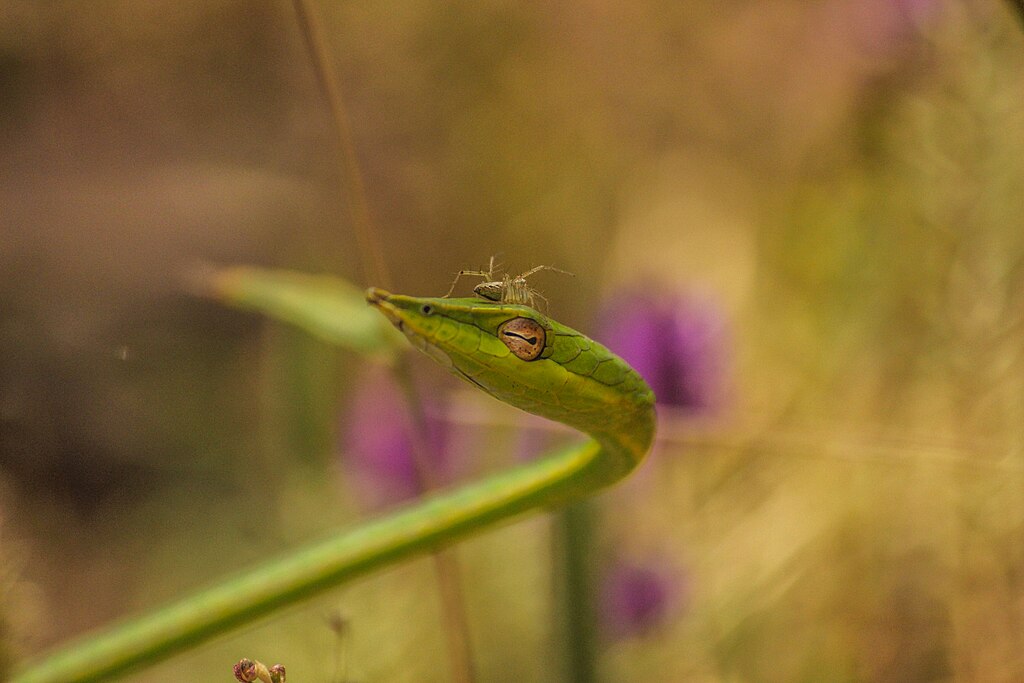
How you present food can significantly impact a snake’s willingness to feed, particularly for finicky eaters. For reluctant feeders, consider switching between live, freshly killed, or frozen-thawed prey based on your snake’s preferences and safety considerations. The prey’s size matters tremendously; generally, the meal should create only a slight bulge in the snake’s midsection, approximately 1-1.5 times the snake’s mid-body diameter. Some snakes respond better to prey movement, which can be simulated using feeding tongs to “dance” the prey item, triggering the predatory response. Timing feeds during the snake’s natural active periods—typically dusk or night for many species—often improves success rates. For particularly difficult cases, scenting prey with more enticing aromas (like gerbil bedding for ball pythons or fish scent for garter snakes) can overcome feeding resistance.
Implementing Feeding Privacy Protocol
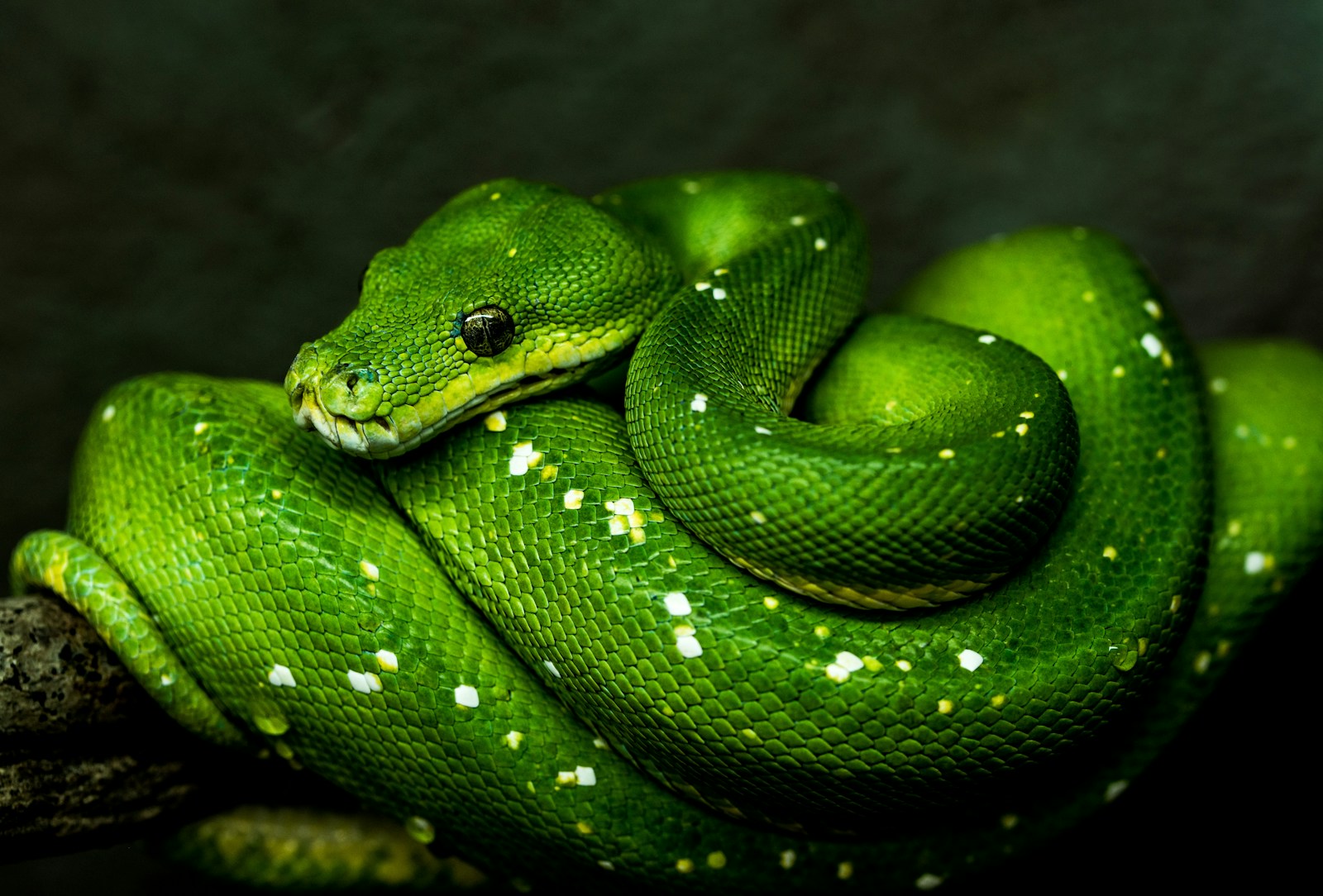
Many snakes require specific conditions of privacy and security to feel comfortable enough to feed. Creating a “feeding protocol” that minimizes disturbances during and after mealtimes can significantly improve feeding success. Consider feeding in a separate, dedicated container to prevent substrate ingestion and create a consistent feeding environment that the snake learns to associate with meals. After offering food, leave the enclosure undisturbed for at least 24 hours, avoiding handling, cage maintenance, or unnecessary noise that might stress the snake or cause regurgitation. Dimming lights or feeding during natural darkness hours mimics natural hunting conditions for nocturnal species. For particularly shy species, covering part of the enclosure with a light cloth during feeding time can provide additional security that encourages feeding behavior.
Addressing Health Concerns That Affect Appetite
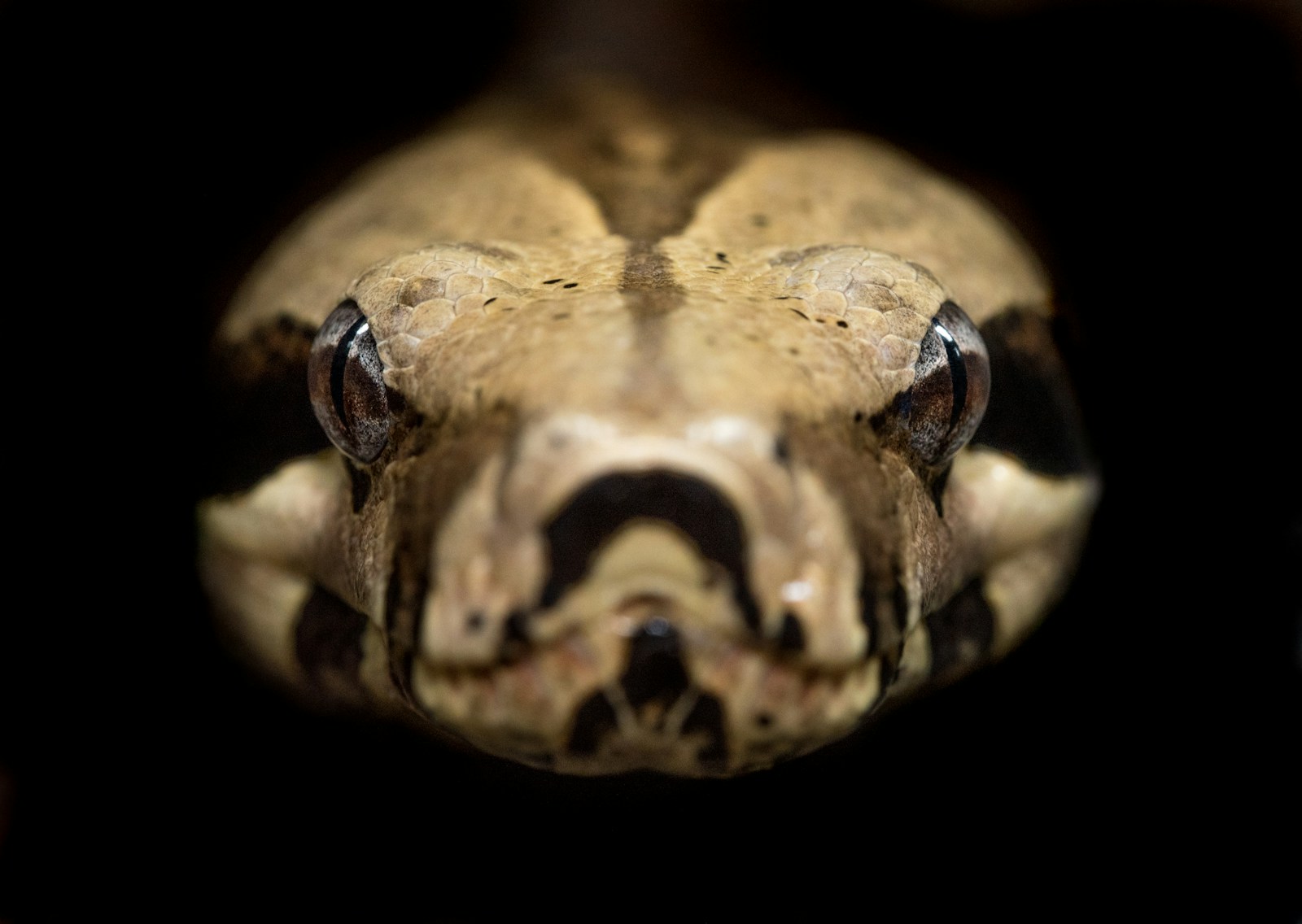
Underlying health issues often manifest first as feeding refusals, making veterinary assessment crucial for extended strikes. Respiratory infections, indicated by wheezing, bubbling around the nose, or open-mouth breathing, frequently suppress appetite and require antibiotic treatment. Parasitic infections may not show obvious symptoms but can cause digestive discomfort that discourages feeding; regular fecal testing helps identify these hidden problems. Mouth rot (infectious stomatitis) creates painful inflammation that makes striking and swallowing difficult, evident through excessive mucus or discoloration around the mouth. Metabolic bone disease from vitamin or calcium deficiencies can also reduce appetite while causing more serious neurological and skeletal problems. Addressing these health concerns through proper veterinary care often resolves feeding issues once the underlying condition improves.
Specialized Feeding Techniques for Problem Feeders

For consistently reluctant eaters, more specialized feeding approaches may become necessary to ensure adequate nutrition. Braining (exposing the prey’s brain tissue) releases strong scent cues that can trigger feeding responses in snakes that ignore regular prey presentations. Assist feeding, where prey is gently placed in the snake’s mouth using feeding tools, sometimes initiates the swallowing reflex in extremely reluctant individuals. For some species, multi-prey feeding (offering smaller multiple items instead of one larger meal) mimics natural feeding patterns and proves more successful. Temperature-adjusting the prey item to slightly above room temperature can enhance scent dispersion and make the meal more detectable to the snake’s heat-sensing pits (in species that possess them). Each of these techniques requires careful research and often veterinary guidance to implement safely without causing additional stress.
Seasonal and Breeding-Related Fasting
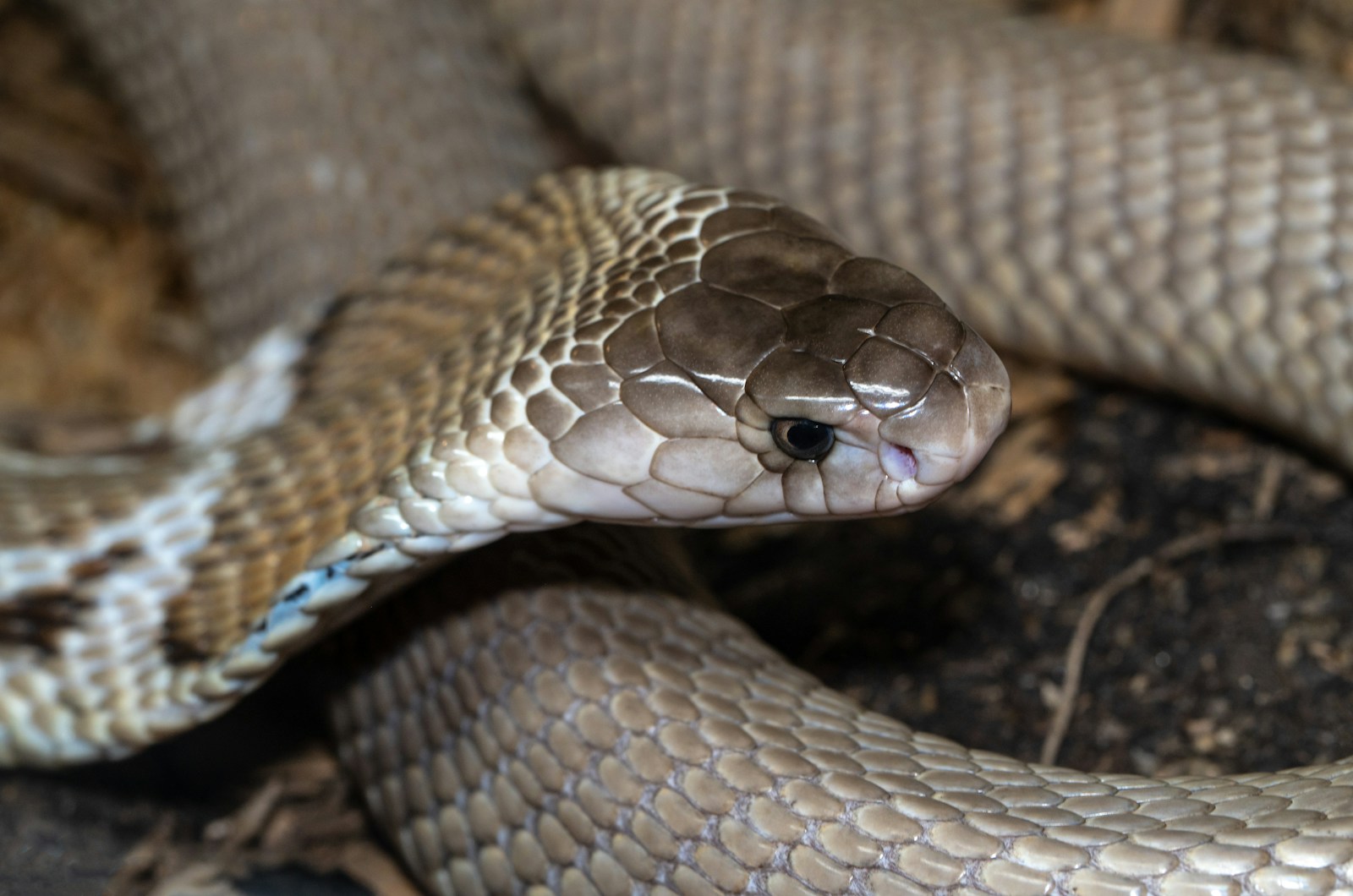
Many species undergo predictable seasonal appetite fluctuations that owners should anticipate rather than fight against. Brumation, a hibernation-like state during cooler months, naturally suppresses appetite as the snake’s metabolism slows in response to seasonal cues like reduced daylight hours and temperature drops. Breeding season typically triggers fasting in male snakes as they prioritize reproductive behaviors over feeding, sometimes refusing food for weeks or months while searching for mates. Female snakes often refuse food during late-stage pregnancy or after ovulation as eggs or developing young occupy internal space. Post-reproductive fasting is also common in females who have recently laid eggs or given birth, as their bodies recover from the significant energy expenditure. Understanding these natural cycles helps prevent unnecessary intervention during biologically appropriate fasting periods.
When and How to Force-Feed as a Last Resort
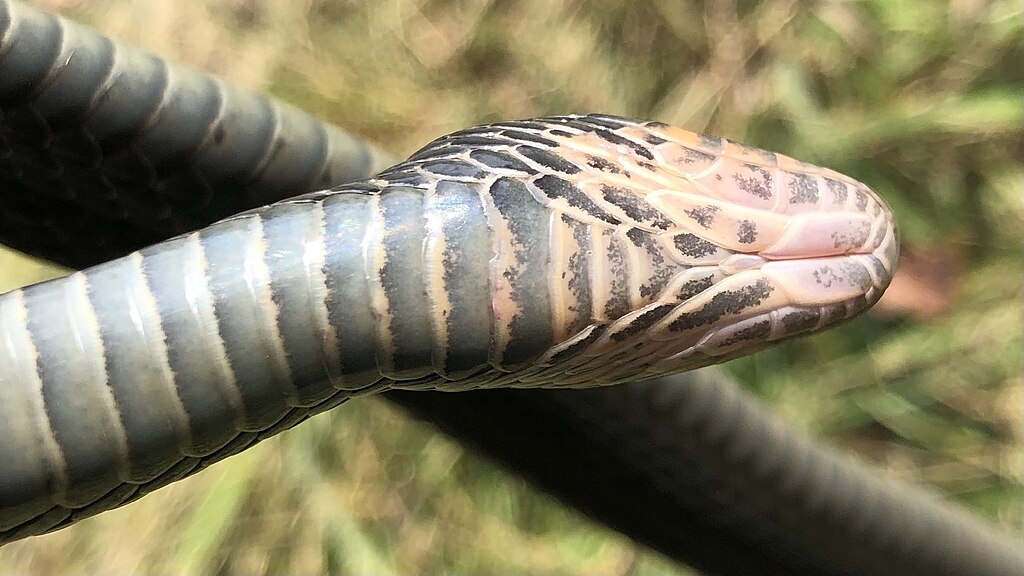
Force-feeding should only be considered when a snake faces significant health risks from prolonged fasting and all other methods have failed. This intervention typically becomes necessary when a snake has lost more than 15% of its body weight or shows severe muscle wasting and lethargy. The procedure must be performed carefully to avoid injury, using properly sized feeding tubes and appropriately prepared liquid diets or slurries formulated specifically for reptiles. Veterinary guidance is essential before attempting this procedure, as improper technique can cause esophageal trauma, aspiration pneumonia, or extreme stress. Many veterinarians recommend a specific schedule for force-feeding—typically offering smaller amounts more frequently than normal meals—to gradually rebuild the snake’s strength while minimizing digestive strain. Force-feeding should always be viewed as a temporary measure while continuing to address underlying causes of the feeding strike.
Record-Keeping and Weight Monitoring
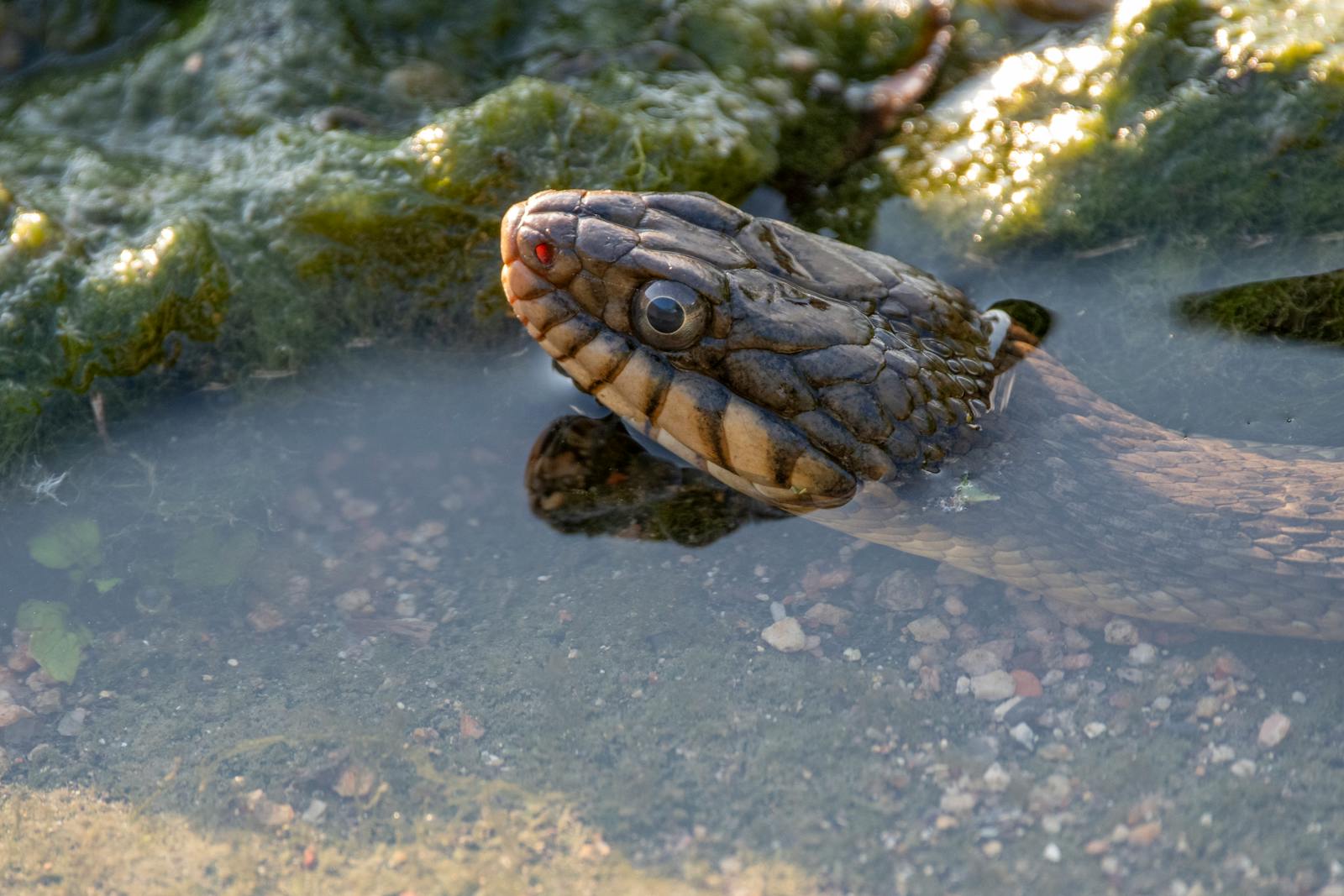
Systematic monitoring provides invaluable data for assessing the severity of feeding issues and the effectiveness of interventions. Establish a consistent weighing schedule, typically weekly for concerning cases or monthly for stable snakes, using a digital scale with gram precision to detect subtle changes. Maintain detailed feeding records documenting not just successful feedings but also refusals, including prey type, size, presentation method, and environmental conditions at each attempt. Photographic documentation of the snake’s body condition over time provides visual references that can reveal gradual changes difficult to notice day-to-day. These records prove especially valuable during veterinary consultations, offering concrete evidence of the feeding pattern’s duration and any correlation with environmental changes, shedding cycles, or seasonal factors.
When to Seek Veterinary Intervention
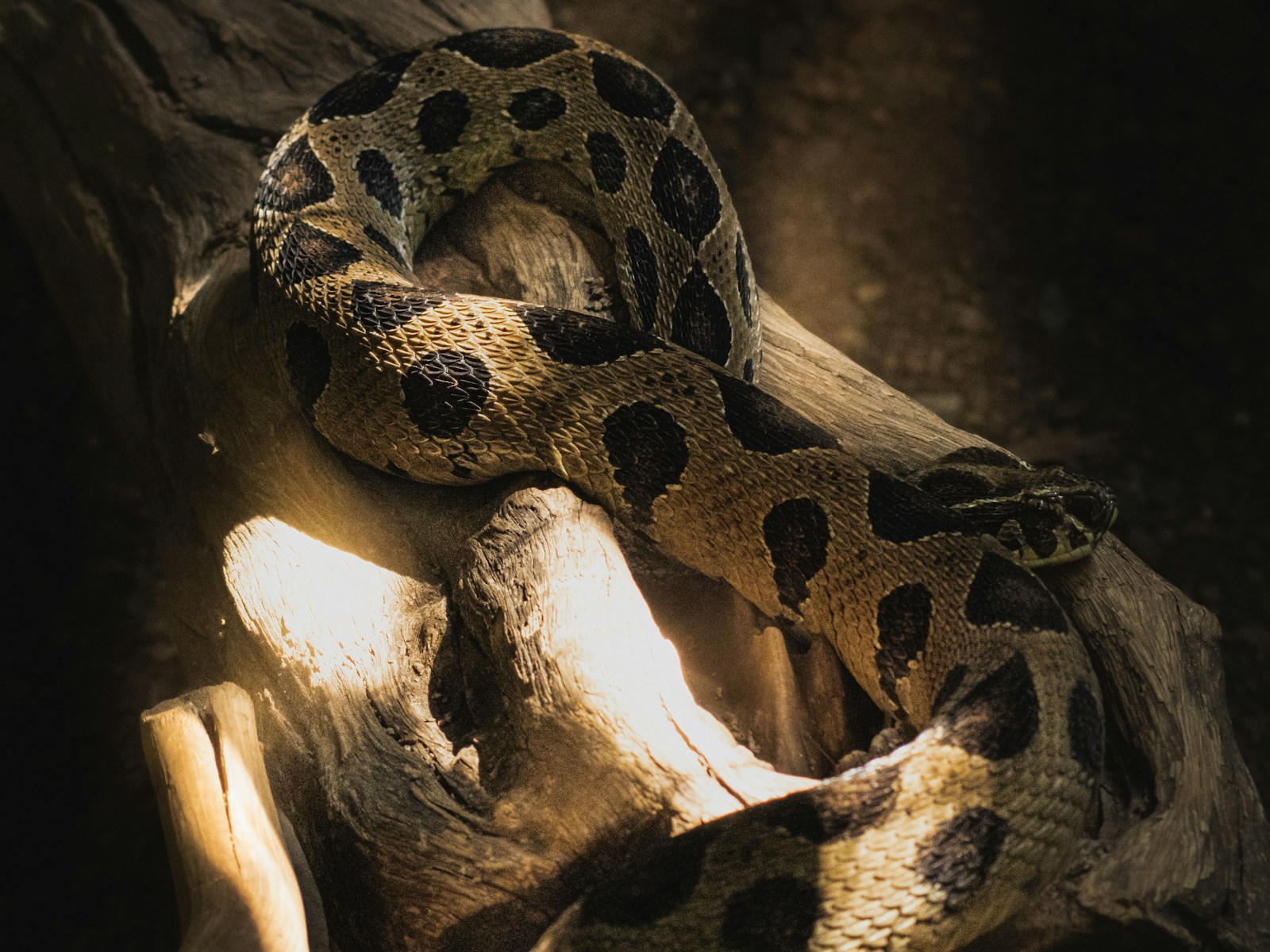
Professional medical assessment becomes necessary when feeding refusals extend beyond expected parameters or cause physical decline. Seek veterinary care immediately if the snake shows significant weight loss (exceeding 10-15%), visible muscle wasting, severe lethargy, or abnormal posturing that might indicate neurological issues. Extended fasting beyond species-specific norms—generally 1-2 months for most adult colubrids and 3-4 months for adult ball pythons—warrants professional evaluation even without obvious symptoms. Initial veterinary assessment typically includes physical examination, weight assessment, and possibly blood tests or imaging to identify underlying medical issues. Many reptile veterinarians can also provide specialized nutritional counseling and demonstrations of advanced feeding techniques tailored to your specific situation and snake species.
Species-Specific Feeding Considerations
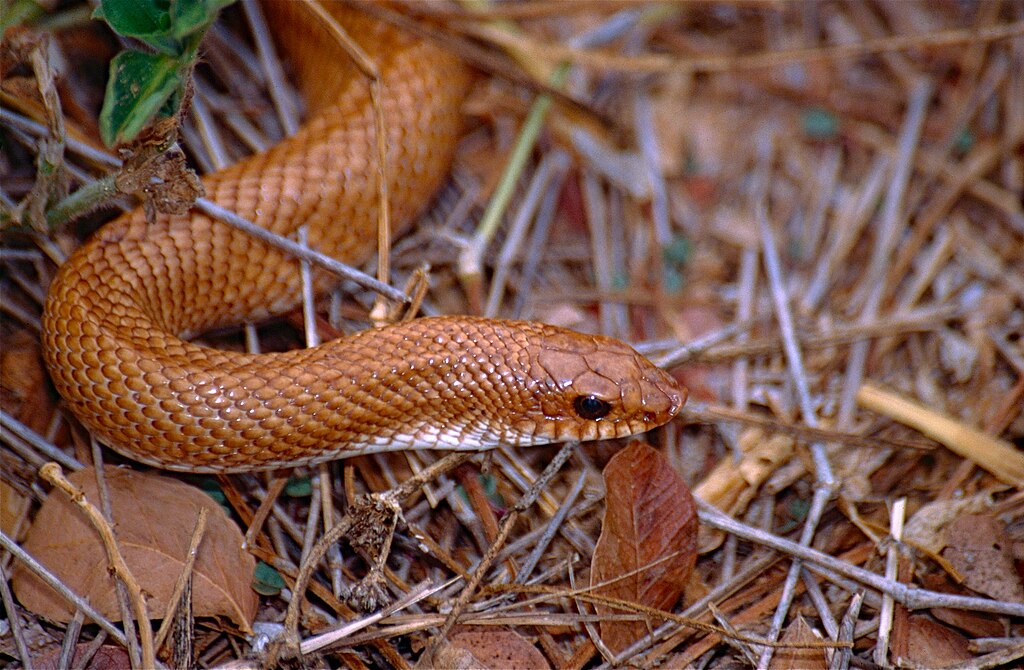
Different snake species present unique feeding challenges requiring specialized approaches based on their natural history. Ball pythons, notorious for feeding strikes, often respond to higher ambient temperatures (88-90°F), complete privacy, and prey scented with gerbil bedding or braining techniques. Corn snakes typically maintain good appetites but may refuse food when preparing to shed; they usually resume feeding promptly once the process completes. King snakes and milk snakes generally maintain strong feeding responses but might become overweight if fed too frequently, making it important to distinguish between appropriate meal spacing and problematic refusals. Garter snakes and water snakes often prefer fish or amphibians over rodents, and may reject mammalian prey entirely. Boas and pythons frequently undergo seasonal fasting periods aligned with their wild counterparts’ natural cycles, particularly during winter months even in captivity.
Preventing Future Feeding Problems

Proactive measures can significantly reduce the likelihood of feeding strikes becoming a recurring issue. Establish and maintain a consistent feeding schedule appropriate for your snake’s species, age, and individual needs to create a predictable routine. Minimize handling for 48 hours before and after feeding attempts to reduce stress and decrease the risk of regurgitation. Create a dedicated “feeding protocol” that includes consistent timing, presentation methods, and environmental conditions to help your snake associate specific cues with mealtime. Maintain detailed records of successful feedings, noting any patterns in prey preference, timing, or environmental conditions that seem to encourage appetite. Regular weight checks even during normal feeding periods establish baseline data and allow for early detection of subtle changes before significant health issues develop.
Conclusion
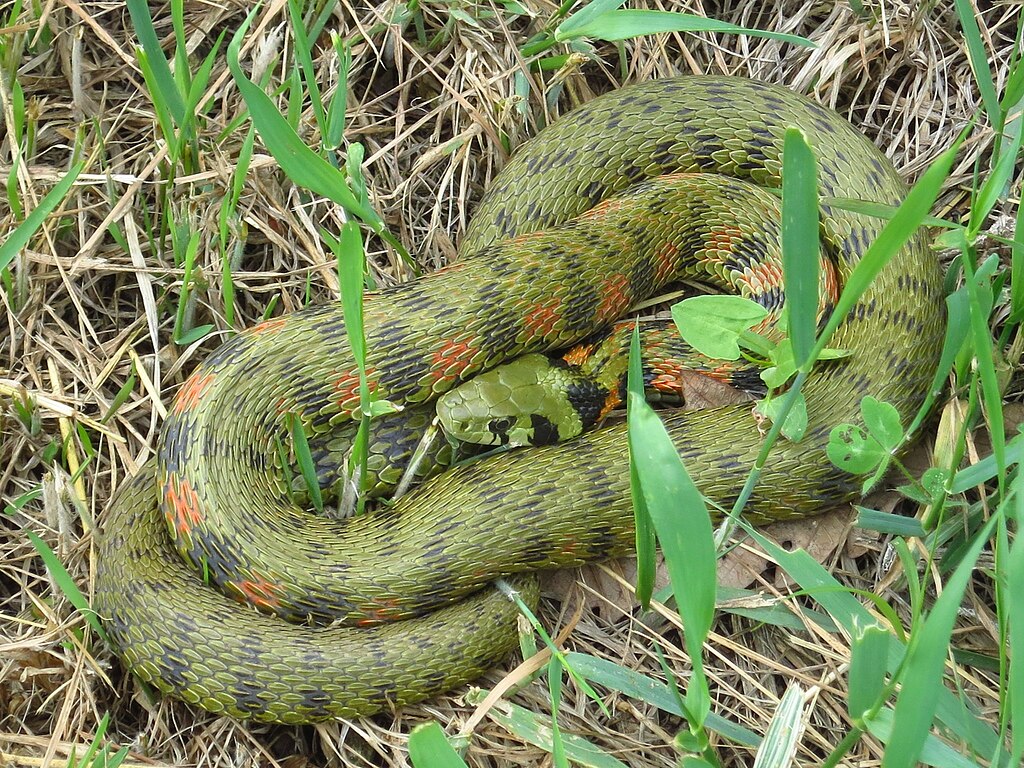
Managing a snake that refuses to eat requires patience, careful observation, and a methodical approach to identifying and addressing potential causes. By understanding your specific species’ natural feeding patterns and implementing appropriate environmental adjustments, most feeding strikes can be resolved without emergency interventions. Regular monitoring of weight and body condition provides crucial data to distinguish between concerning refusals and normal fasting periods. While extended feeding strikes certainly warrant concern, most snakes eventually resume eating when underlying issues are properly addressed. With proper care, attention to detail, and timely veterinary intervention when needed, even the most challenging feeding situations can typically be overcome, restoring your serpentine companion to a healthy feeding routine.

